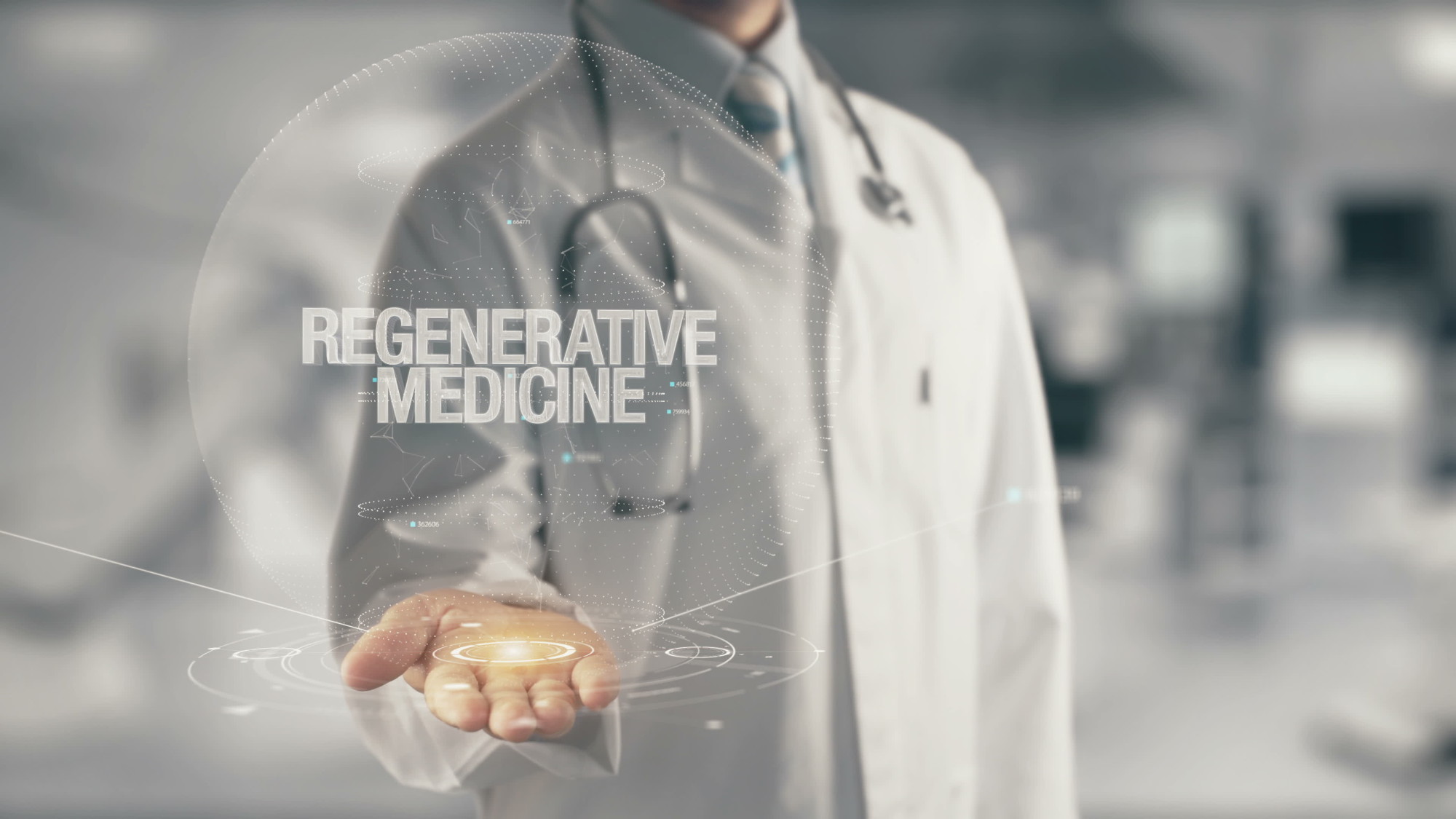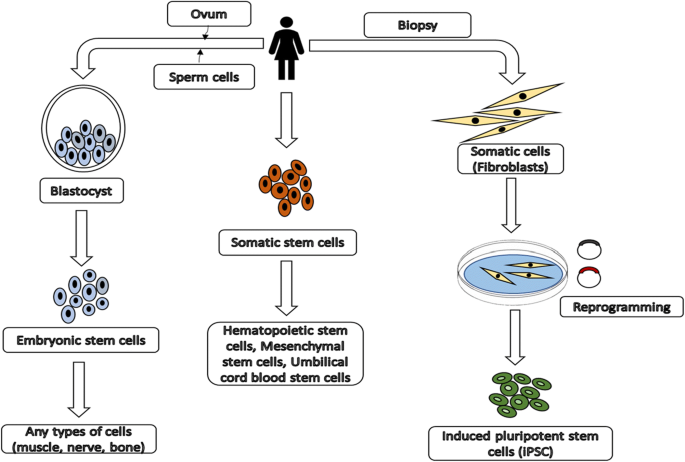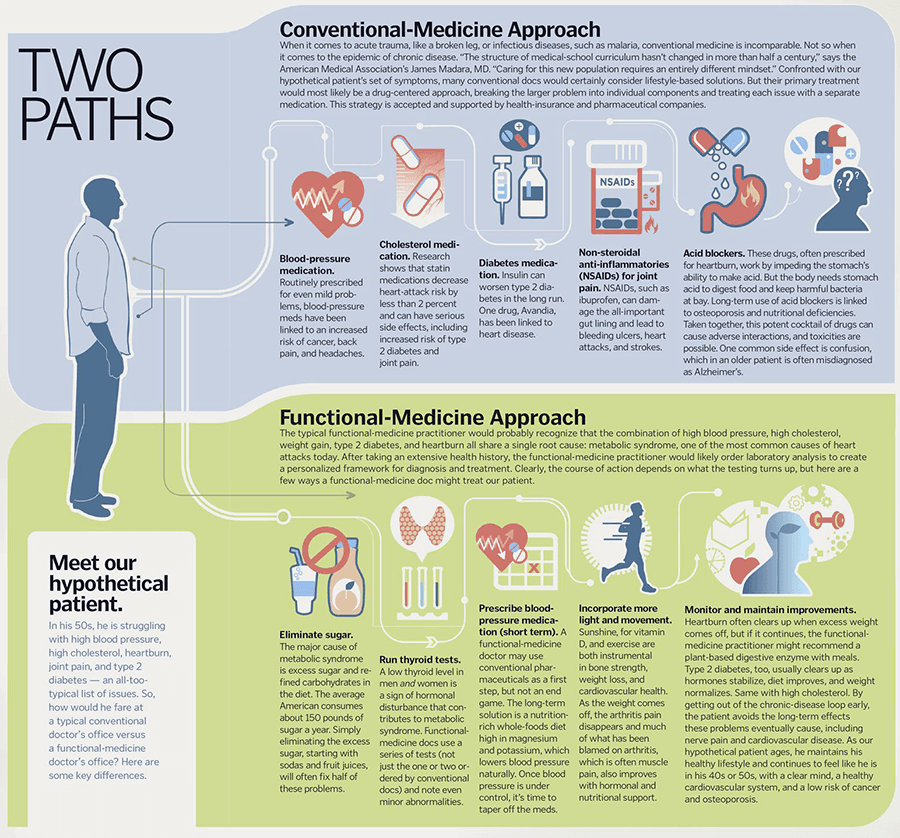Table of Contents

[/image][=video]
[/video]
There are lots of kinds of stem cells. In general, the term stem cell describes a classification of cells that trigger other cells (like skin, blood, heart, and muscle mass cells) by reproducing and distinguishing in action to chemical hints. Totipotent stem cells show up at the earliest phase of advancement and are the only stem cells which can produce embryonic stem cells and the placenta.
Bone marrow transplant (BMT) is a special therapy for individuals with certain cancers cells or other diseases. A bone marrow transplant involves taking cells that are usually found in the bone marrow (stem cells), filtering those cells, and giving them back either to the donor (person) or to one more person. The goal of BMT is to transfuse healthy bone marrow cells right into an individual after his/her very own unhealthy bone marrow has actually been dealt with to kill the irregular cells.
The blood cells that make various other blood cells are called stem cells. The most primitive of the stem cells is called the pluripotent stem cell.
It is the stem cells that are required in bone marrow transplant. The goal of a bone marrow transplant is to heal numerous conditions and types of cancer. When the dosages of radiation treatment or radiation required to heal a cancer cells are so high that a person's bone marrow stem cells will certainly be permanently damaged or destroyed by the treatment, a bone marrow transplant may be needed.
Menopause Therapy in Portage, Michigan
This procedure is typically called rescue. Replace bone marrow with genetically healthy and balanced working bone marrow to avoid more damages from a genetic condition procedure (such as Hurler's disorder and adrenoleukodystrophy). The risks and benefits have to be considered in a detailed conversation with your medical care service provider and professionals in bone marrow transplants prior to the procedure.
There are various sorts of bone marrow transplants relying on that the contributor is. The various kinds of BMT consist of the following: The contributor is the person himself or herself. Stem cells are drawn from the person either by bone marrow harvest or apheresis (a process of gathering outer blood stem cells), frozen, and afterwards offered back to the person after extensive therapy.
The donor shares the same genetic kind as the person. Stem cells are taken either by bone marrow harvest or apheresis from a genetically matched donor, usually a sibling or sister. Various other benefactors for allogeneic bone marrow transplants might include the following: A haploid-identical match is when the contributor is a parent and the genetic match goes to least half similar to the recipient.

Matching involves inputting human leukocyte antigen (HLA) cells. The antigens on the surface area of these unique white blood cells establish the genetic make-up of an individual's body immune system. There are at least 100 HLA antigens; nevertheless, it is believed that there are a few major antigens that determine whether a donor and recipient suit.
Clinical research is still investigating the role all antigens play in the process of a bone marrow transplant. The even more antigens that match, the better the engraftment of given away marrow. Engraftment of the stem cells happens when the donated cells make their method to the marrow and start making new members cells.
Stem Cell Therapy local to Portage
All people work with each other to offer the best chance for an effective transplant. The group is composed of the following: Healthcare providers who specialize in oncology, hematology, immunology, and bone marrow hair transplant.
Specialists who will help you satisfy your dietary requirements before and after the transplant. They will work closely with you and your family. Professionals who will certainly aid you become solid and independent with motion and endurance after the transplant. Chaplains that give spiritual care and support. A number of other employee will certainly examine you before transplant and will certainly provide follow-up care as required.

A total medical background and physical examination are done, consisting of numerous tests to evaluate the client's blood and body organ functions (for example, heart, kidney, liver, and lungs). A client will certainly commonly enter into the transplant facility as much as 10 days before transplant for hydration, evaluation, placement of the central venous line, and various other prep work.
Blood items and medicines will be given via the catheter during treatment. For an allogeneic transplant, a suitable (tissue typed and matched) benefactor has to be readily available. Finding a matching contributor can be a tough and lengthy procedure, particularly if a sibling match is not available. Voluntary marrow donors are registered in a number of nationwide and international windows registries.
Contributor resources readily available consist of: self, sibling, moms and dad or relative, nonrelated person, or umbilical cable from a relevant or nonrelated person. There are national and international pc registries for nonrelated individuals and cord blood. Some member of the family may be typed due to the need to assist. These relatives might or may not choose to have their type signed up for use with other receivers.
Medical Group
Examinations related to his or her health, exposure to viruses, and hereditary evaluation will certainly be done to establish the degree of the suit. The contributor will certainly be given guidelines on exactly how a bone marrow donation will certainly be made. As soon as a match for a client needing a bone marrow transplant is discovered, after that stem cells will be collected either by a bone marrow harvest.
Or by a peripheral blood stem cell collection. This is where stem cells are gathered from the distributing cells in the blood. Of both, peripheral blood stem cell contributions are now more usual. Cord blood has actually currently been collected at the time of a birth and kept for later use.
Navigation
Latest Posts
Medical Group
Menopause Therapy around Portage
Menopause Treatment servicing Portage